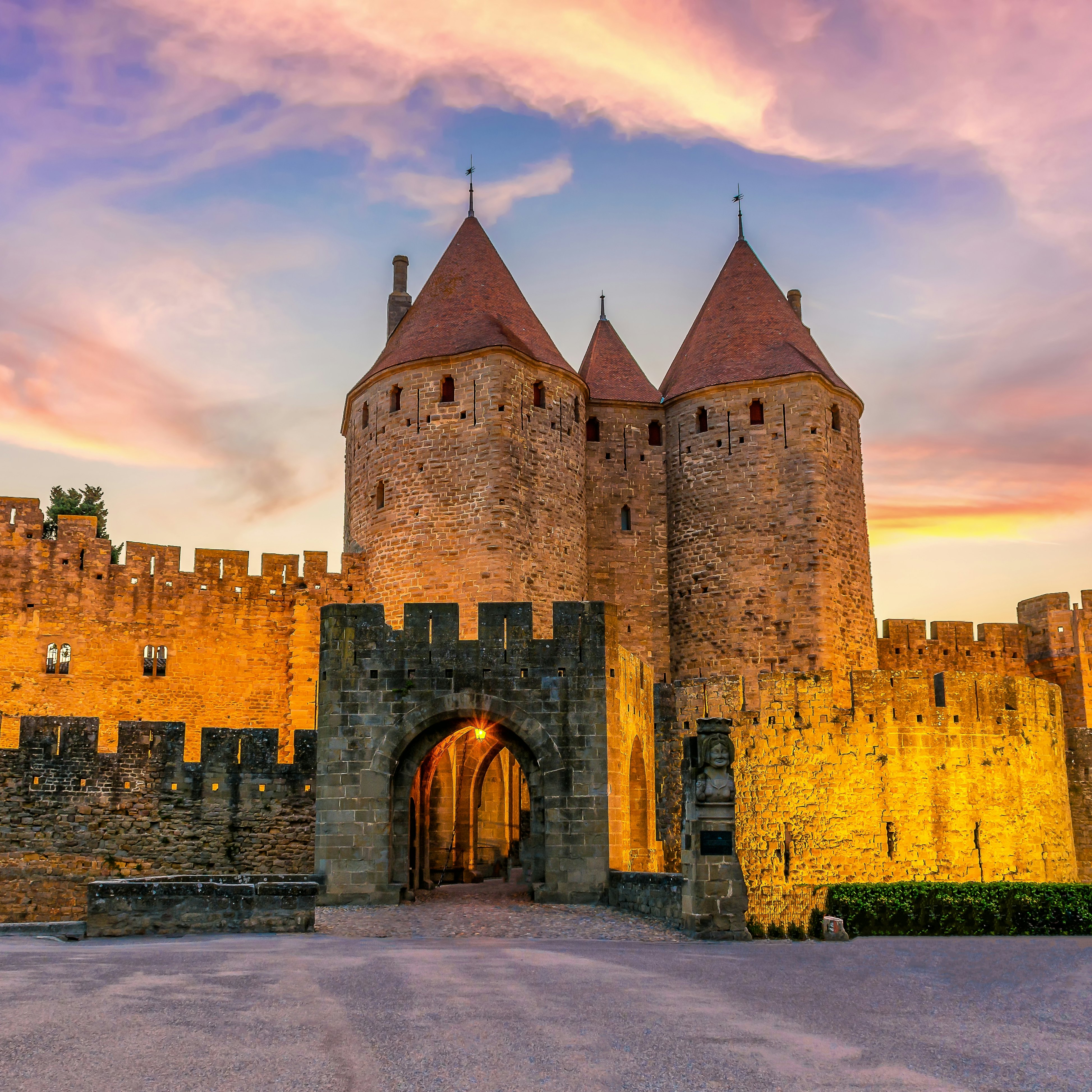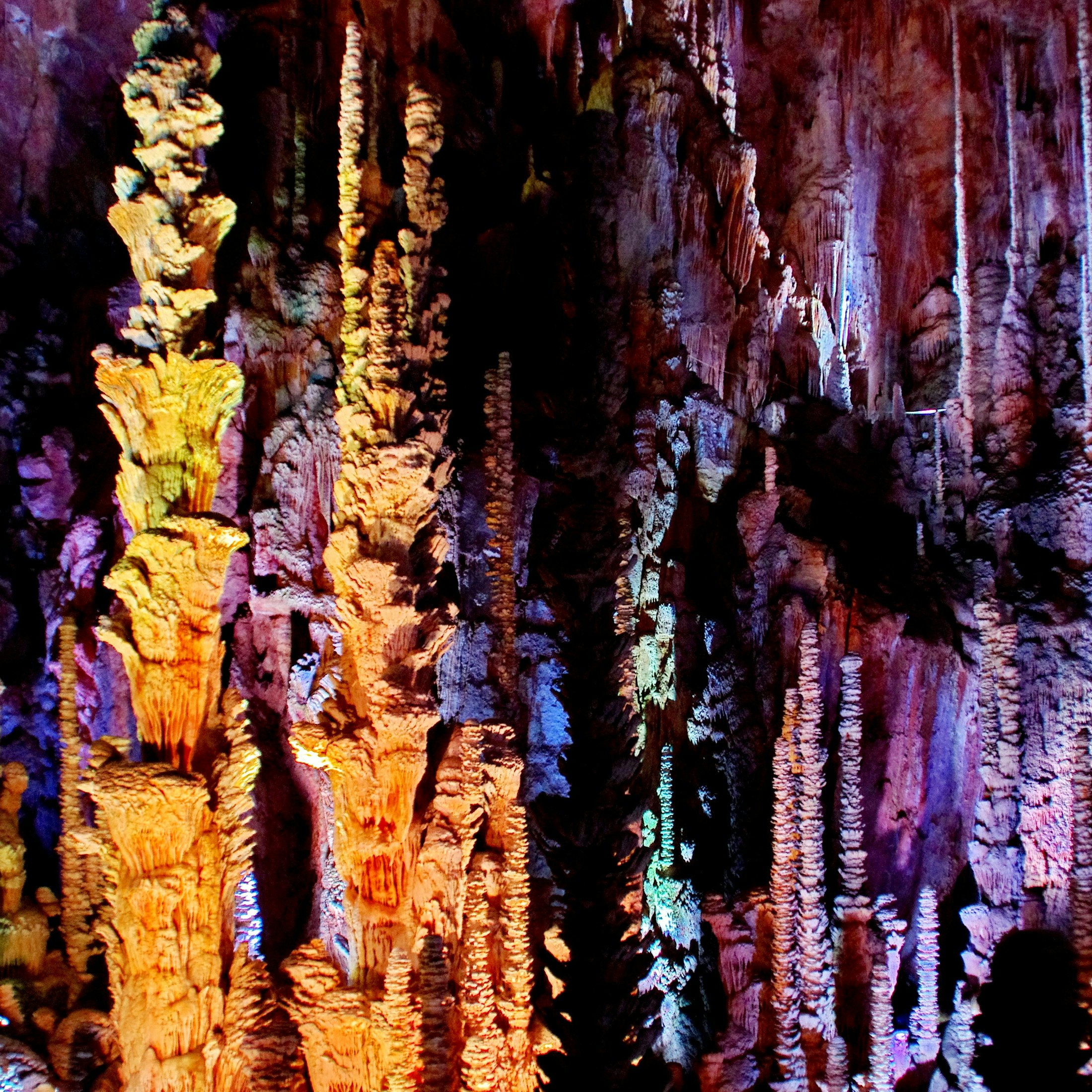
Overview
Stretching from Provence to the Pyrenees, this sultry, sun-baked territory (now part of the greater Occitanie region) feels like a country in its own right. It’s been a strategic border since Roman times and is awash with historical reminders, from Roman aqueducts to hilltop Cathar castles. Today it’s best known for its vineyards, which produce a third of France's wines, and the busy beaches sprawling along its Mediterranean shore.
Leave the planning to a local expert
Experience the real Languedoc-Roussillon. Let a local expert handle the planning for you.
Must-see attractions
Get a book. Get inspired. Get exploring.
in partnership with getyourguide
























